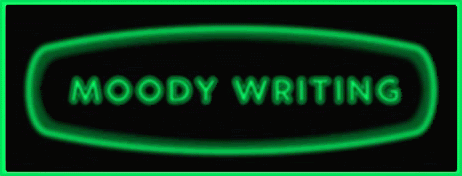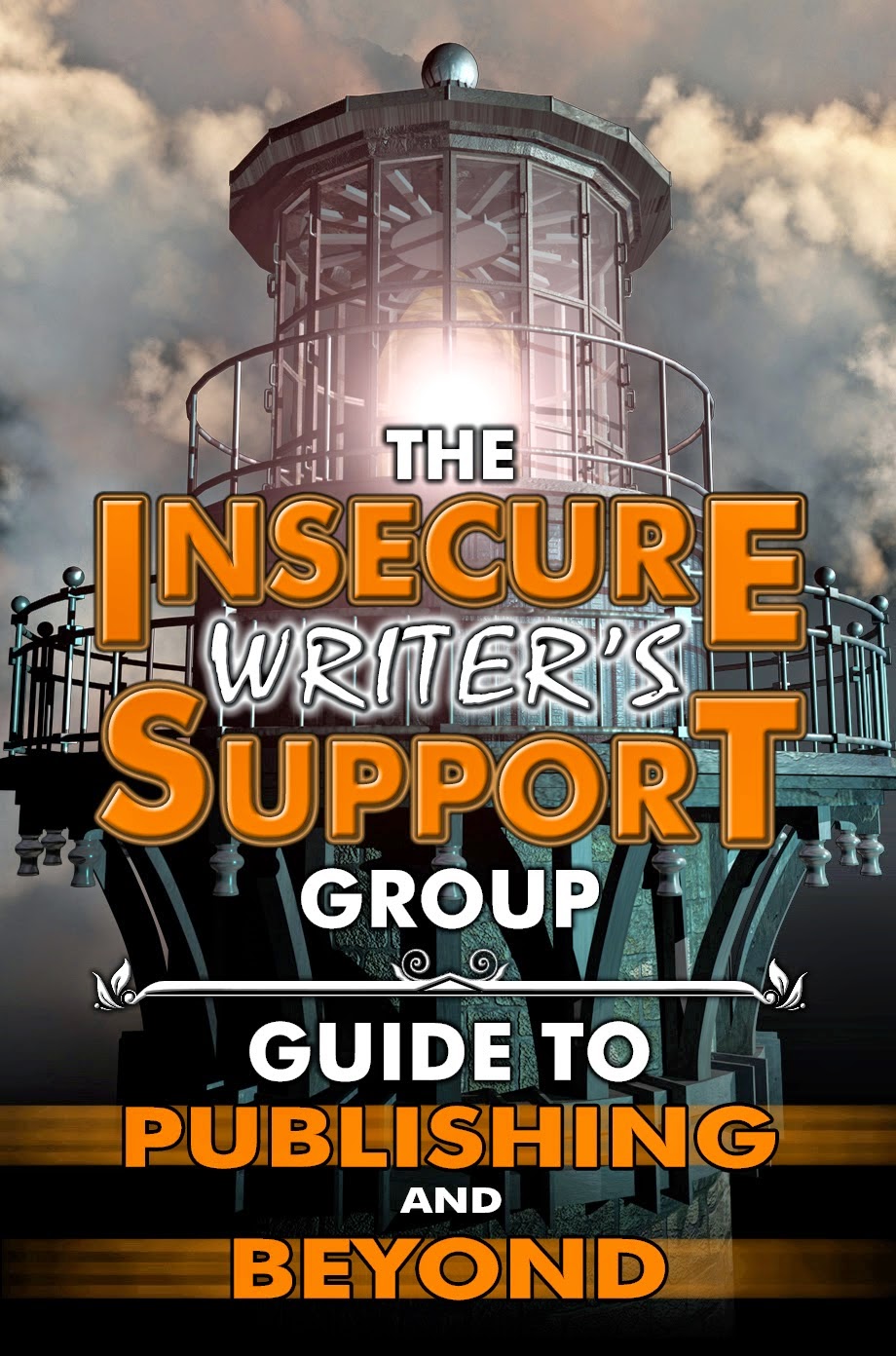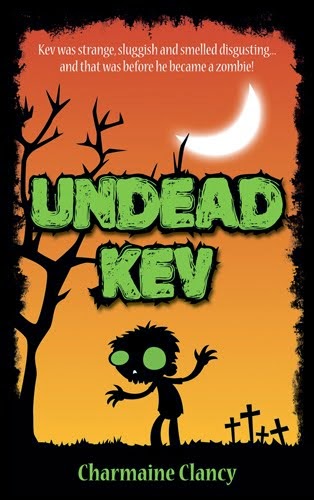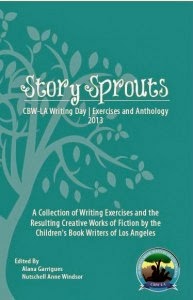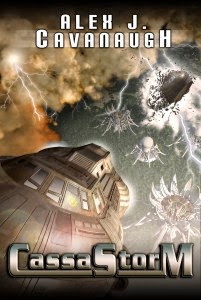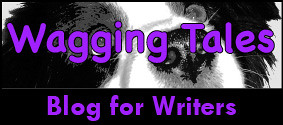A character who knows exactly what to do and is happy to do it makes
for little in the way of tension and drama.
Giving a character emotional and ethical issues to wrestle with adds depth both to the character and the story.
When dealing with the struggle that goes on inside a character there
are three main areas to consider:
1. The difference between inner conflict and plain old dithering.
2. Demonstrating to the reader what’s going on inside a character’s
head without resorting to endless inner monologues.
3. How do you make internal conflict as interesting and entertaining as
external conflict?
I’m going to look at each of these in turn, hopefully suggesting some
useful techniques for making the most of this element of storytelling.
















